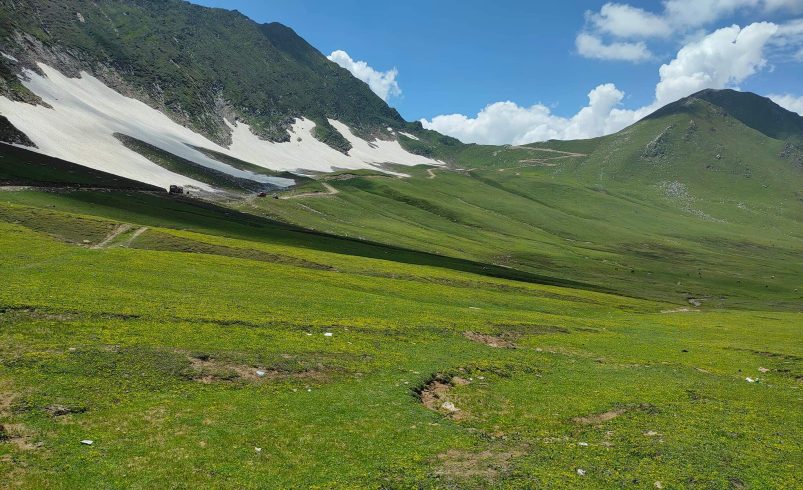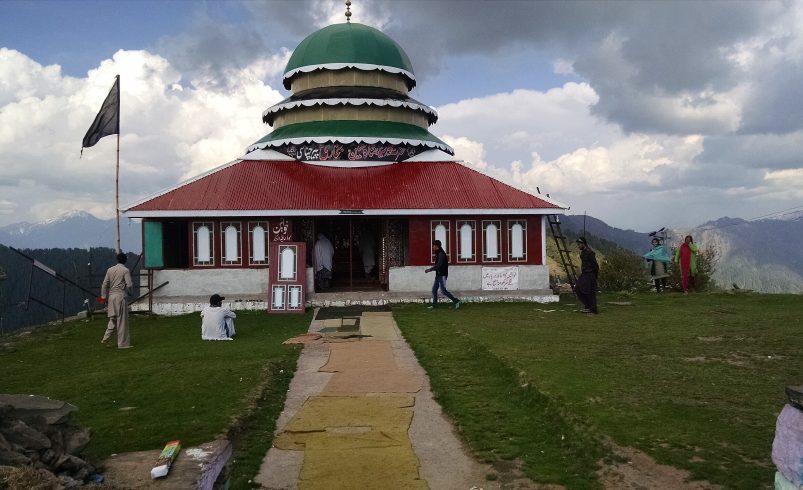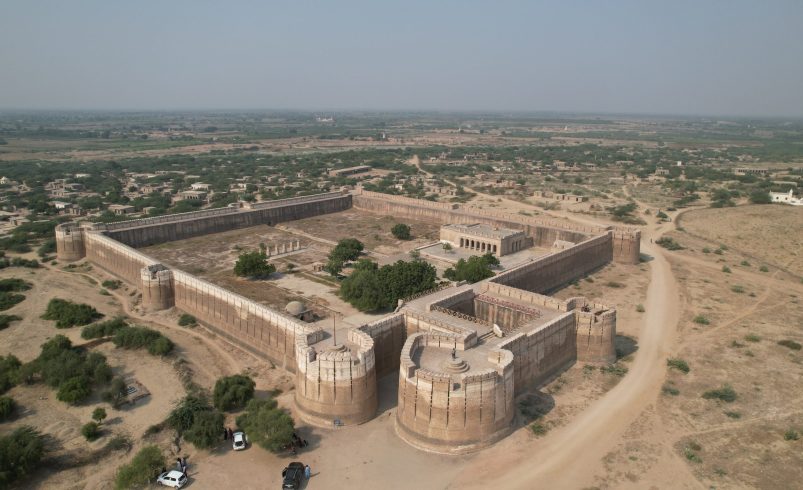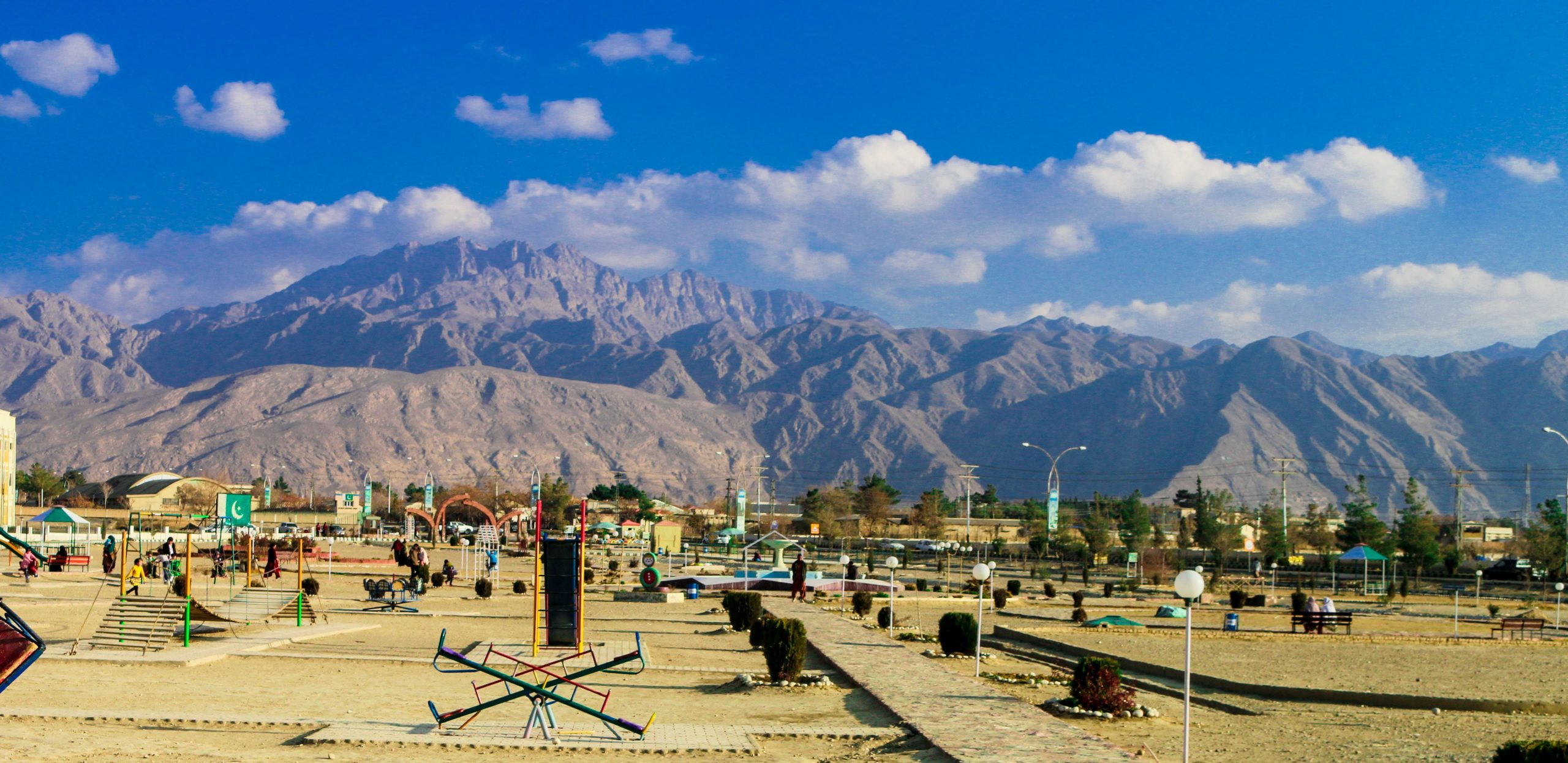
- May 28, 2025
🏔️ Introduction
Baboon Valley, located in the northernmost region of Pakistan’s Azad Jammu and Kashmir, is a pristine destination known for its breathtaking landscapes and challenging treks. Situated at an elevation of approximately 12,700 feet, this valley offers a unique blend of snow-capped peaks, lush meadows, and serene lakes. Its remote location ensures an untouched environment, making it a haven for nature lovers and adventure enthusiasts.
📍 Geographical Location
Baboon Valley is nestled in the Neelum District of AJK, approximately 100 kilometers from Muzaffarabad. It lies on the highlands of Jagran and Keran, flanked by majestic mountains and mesmerizing meadows. The valley’s unique geography places it near other natural wonders like Kundal Shahi, Keran Valley, and Jagran Village.
📏 Distances to Baboon Valley
| Starting Point | Distance | Travel Time |
|---|---|---|
| Islamabad | 230 km | 7–8 hours |
| Muzaffarabad | 100 km | 3–4 hours |
| Keran | 25 km | 2–3 hours |
| Kundal Shahi | 30 km | 3–4 hours |
📅 Best Time to Visit Baboon Valley
Baboon Valley Neelum Azad Kashmir is a seasonal travel destination, and choosing the right time to visit can significantly enhance your experience. Due to its high altitude and remote location, the valley goes through extreme weather shifts, making timing crucial.
☀️ May to Early July (Spring to Early Summer) – IDEAL
- Weather: Cool days (12–20°C), cold nights (0–8°C)
- Highlights: Melting snow reveals lush green meadows, flower-covered slopes, and active wildlife sightings.
- Road Conditions: Passable with 4×4 vehicles; minimal risk of landslides.
- Why Visit Now: Best for camping, photography, and trekking. Fewer tourists make it a peaceful experience.
🌿 Mid-July to Early September (Monsoon/Summer Peak)
- Weather: Mild (15–25°C), occasional rain
- Scenery: Fully bloomed meadows, high waterfalls, and roaring rivers.
- Caution: Roads may be slippery due to rain. Travel with an experienced local driver.
- Ideal For: Nature lovers, adventure photographers, and campers.
🍁 Late September to October (Pre-Winter/Fall)
- Weather: Crisp (10–15°C), cold nights (-2 to 5°C)
- Scenery: Changing foliage gives a golden touch to the landscape.
- Pros: Less crowded, serene views, affordable accommodation.
- Cons: Nights are chilly; fewer daylight hours for activities.
❄️ November to April (Winter – Not Recommended)
- Weather: Harsh snow (-5 to -20°C), heavy snowfall
- Access: Roads are mostly blocked; risky conditions.
- Why Not to Go: No emergency access, no facilities, and extreme isolation.
- Note: Unless you’re an expert mountaineer with support, avoid winter visits.
🛣️ How to Reach Baboon Valley
Reaching Baboon Valley is an adventure in itself. Travelers typically start their journey from Islamabad, which is around 190 kilometers from Muzaffarabad. From Muzaffarabad, the road journey to the valley takes approximately 8–10 hours. The valley can be accessed via two main routes:
🚗 Route 1: Via Kundal Shahi and Jagran
- Start from Muzaffarabad and head towards Kundal Shahi.
- From there, take the road to Kutton Village, and then to Jagran.
- This route offers fantastic views of green hills and rivers.
🚙 Route 2: Via Keran
- Travel from Muzaffarabad to Keran Village.
- Take a 4×4 jeep through the steep and rugged terrain to Baboon Valley.
- Best suited for those seeking a thrilling journey.
🏞️ Top Attractions in Baboon Valley Neelum Azad Kashmir
Baboon Valley is a paradise for nature lovers, trekkers, and campers who seek raw, untouched beauty. Here are the most remarkable attractions that make this hidden gem a must-visit in Azad Kashmir:
🏔️ Baboon Top (The Crown of Neelum)
Baboon Top is the highest point in the valley, offering 360-degree panoramic views of lush green ridges, cloud-kissed mountains, and glacial water streams. It stands at approximately 12,700 ft above sea level, and reaching it involves a thrilling off-road jeep ride followed by a short hike.
Highlights:
- Uninterrupted sunrise and sunset views
- Best spot for drone photography
- View of adjacent valleys like Ratti Gali and Domel
Pro Tip: Visit early morning for golden hour shots and clear visibility.
🥾 Trek to Patlian Lake (Hidden Alpine Gem)
This high-altitude lake requires a challenging but rewarding trek. It sits on the edge of Baboon Valley and is surrounded by snowfields, making it a dream destination for serious hikers.
Highlights:
- Glacier-fed blue-green lake
- Often completely frozen until late May
- Encounter with wild herbs and rare flora
Fitness Required: Moderate to high. Always trek with a guide.
🌼 Baboon Meadows (The Valley of Wildflowers)
Stretching across the heart of the valley, these carpeted meadows are dotted with wildflowers, especially in late spring and early summer. It’s ideal for camping, photography, and nature walks.
Highlights:
- Rare alpine species
- Butterflies and bees in abundance
- Natural streams and springs
Fun Tip: Try to spot the famous “Baboon Bluebell”, a rare local flower.
🏕️ Shounter Valley Overlook
From certain ridge lines in Baboon Valley, you can spot the dramatic, misty peaks of Shounter Valley, another stunning destination in Neelum. This viewpoint offers incredible photo opportunities with cloudscapes rolling over distant glaciers.
Highlights:
- Quiet, uncrowded viewpoint
- Best at sunrise
- Overlooks valley confluences and rivers
🐾 Wildlife Spotting Trails
Baboon Valley is home to rare mountain goats (markhor), foxes, and snow partridges. With the help of a guide, you can take early morning trails to spot these elusive animals.
Highlights:
- Great for photographers
- Learn about the ecosystem of Himalayan Kashmir
- Chance to hear marmots whistle through the silence
Important: Keep distance and avoid feeding wildlife.
🌄 Sunset Point Domelian
Near the Domelian ridge, there is a natural viewpoint known to locals as “Wadi Nazara”, perfect for watching the sun melt behind the icy peaks. Ideal for travelers staying overnight in tents or homestays.
Highlights:
- Golden hues on snowy summits
- Peaceful and reflective spot
- Ideal for solo travelers and couples
🌊 Jagran Water Streams
The crystal-clear streams flowing from Baboon glaciers converge into the Jagran River. These icy blue rivulets are perfect for refreshing foot dips, stone skipping, or resting during hikes.
Highlights:
- Natural water refilling points
- Cool mist during the day
- Picnic-perfect
🏡 Traditional Domelian Hamlet
Domelian is the nearest settlement to Baboon Valley and offers a peek into traditional Kashmiri life. Made of stone and wooden homes, this small village serves as a cultural gateway to the valley.
Highlights:
- Hospitality from locals
- Option for homestays
- Experience rustic lifestyle
🧭 Hidden Trails for Exploration
Numerous undocumented trails run through the hills and connect valleys. These are best explored with locals and give travelers a chance to forge their own experience in a completely untouched landscape.
Best for:
- Seasoned hikers
- Off-the-grid explorers
- Adventure vloggers
🔭 Stargazing Campsites
Due to zero light pollution, Baboon Valley becomes a stellar amphitheater at night. The Milky Way is clearly visible, and on clear nights, meteor showers can be observed.
Highlights:
- Ideal for astrophotographers
- Great for romantic getaways
- Best months: May to September
🏨 Accommodation Options
Though remote, there are a few places to stay:
- Kalka Village and Domelian Village offer basic lodging and camping.
- Shaal Village and Ghural provide guesthouses with traditional hospitality.
❓FAQs
❓ What is Baboon Valley and why is it famous?
Baboon Valley is a remote alpine valley in Neelum District, Azad Kashmir. It’s famous for its rugged beauty, glacial lakes, meadows, and trekking adventures. Few tourists visit it, making it one of Pakistan’s hidden gems.
❓ How can I reach Baboon Valley from Islamabad?
To reach Baboon Valley from Islamabad, follow these steps:
- Drive to Muzaffarabad (~190 km, 4–5 hours).
- Continue to Kundal Shahi or Keran (3 hours).
- Hire a 4×4 jeep and take a guided ride via Jagran or Keran route.
- Final stretch involves off-road driving and light trekking.
Always travel with a guide and check weather updates before starting.
❓ Is a 4×4 vehicle necessary to reach Baboon Valley?
Yes, absolutely. Due to steep, uneven, and rocky terrain, only 4×4 vehicles are suitable. Regular cars may not handle the unpaved paths, especially in monsoon season.
❓ Do I need a local guide to explore Baboon Valley?
Hiring a local guide is highly recommended for safety, navigation, and cultural understanding. Guides know safe trekking routes, camping spots, and emergency procedures.
❓ Is it safe to visit Baboon Valley as a solo traveler?
Solo travelers can visit, but it’s not advisable without prior trekking experience. The terrain is challenging, and there’s no cellular network or emergency services on-site. Travel in a group or with locals.
❓ Can families with children visit Baboon Valley?
It depends. Families with teenagers or active children will enjoy it. However, it’s not suitable for infants, toddlers, or elderly travelers due to altitude and physical demands.
❓ Are there hotels in or near Baboon Valley?
- Kutton
- Shaal
- Domelian
- Keran
❓ What are the accommodation options in Baboon Valley?
- Camping in open meadows
- Homestays in Shaal or Domelian
- Guesthouses in Kutton or Keran
Most accommodations are basic – bring sleeping bags, tents, and warm clothing.
❓ Are camping supplies available in nearby towns?
No. Bring your own camping tents, sleeping bags, gas stoves, and non-perishable food. Keran has some shops, but they may not stock outdoor gear.
❓ Is there cellular or internet service in Baboon Valley?
No. Baboon Valley is off-grid. Let your family or contacts know your plan beforehand and give them your guide’s contact number.
❓ What are the top activities to do in Baboon Valley?
- Trekking to Baboon Top and Patlian Lake
- Camping under the stars
- Wildlife spotting
- Photography of glaciers and wildflowers
- River-side picnics
❓ Is wildlife a threat in Baboon Valley?
Rarely. Bears and leopards exist, but sightings are uncommon near camps. Always dispose of food properly, use campfire lights, and stay within your group.
❓ What emergency precautions should I take?
- Carry a first aid kit
- Bring extra batteries and torches
- Know nearest help points (usually Keran/Kutton police posts)
- Share your travel route with someone you trust
❓ What clothes should I pack for Baboon Valley?
- Thermal wear
- Waterproof jacket
- Warm gloves & cap
- Hiking boots
- Socks, inner layers, and sunglasses
Even in summer, night temperatures can drop below 5°C.
❓ Can I take children or pets to Baboon Valley?
Children aged 12+ with hiking experience can manage. Pets are not advised due to wildlife and unpredictable terrain.
❓ Do I need a trekking permit or special approval?
No formal trekking permit is required, but locals must be informed, especially for multi-day hikes. You may need to register at check posts for safety.
❓ Are any shops or restaurants available?
Minimal to none in the valley itself. Stock up on essentials in Keran or Kutton before heading in.
❓ How high is the elevation of Baboon Valley?
The average elevation is around 12,700 feet (3,870 meters). Be mindful of altitude sickness symptoms like headache, nausea, and fatigue.
❓ What is the travel cost to Baboon Valley?
| Expense | Estimated Cost (PKR) |
|---|---|
| 4×4 Vehicle Hire (Daily) | 12,000 – 18,000 |
| Local Guide Fee (Per Day) | 3,000 – 5,000 |
| Camping Gear (Rental/Buy) | 5,000 – 10,000 |
| Food & Water (Per Day) | 1,000 – 2,000 |
| Homestay/Guesthouse (Per Night) | 3,000 – 6,000 |
🏁 Conclusion
Baboon Valley Neelum Azad Kashmir remains one of the last unspoiled natural destinations in Pakistan. Its snow-capped peaks, glacier-fed streams, peaceful meadows, and remote villages offer a once-in-a-lifetime experience. If you seek adventure, solitude, and raw beauty, pack your bags and set your compass towards Baboon Valley – the crown jewel of Neelum Valley.






